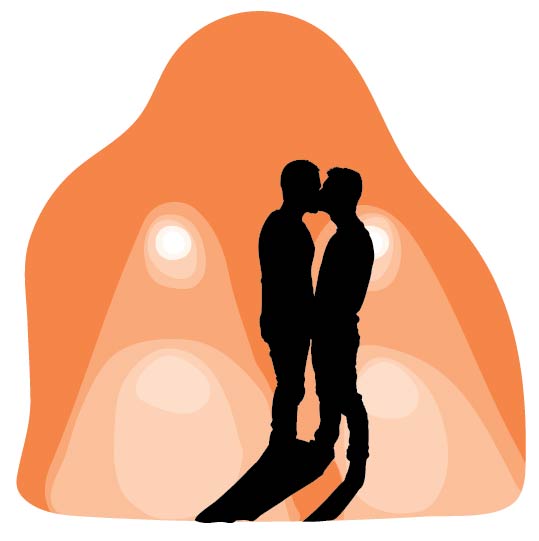T
he cover image of Jake Skeets’s debut poetry collection, Eyes Bottle Dark with a Mouthful of Flowers, has a poetry of its own. An indigenous Diné man stands against a stark white background, his hair slightly disheveled and his shirt half-tucked-in. Dollar bills are clasped in one of his hands. His eyes, as Skeets writes, are “bottle dark.” The portrait was taken by white photographer Richard Avedon in 1979. It is a picture of Skeets’s uncle Benson, who was stabbed to death less than a year later.
In an essay titled “Drifting: A Cover Image Story,” Skeets writes beautifully about the photograph and the poetry that grew from his experience of it. Avedon’s composition evokes colonization: he hung a giant sheet of paper upon a wall to create a white background and called the image Drifter. The composition literally whitewashes the man’s image; its title suggests a person who is unrooted, perhaps even unwelcome. In doing so, it reproduces centuries of settler-colonial representations of Native peoples as timeless, out of context, severed from their own culture—a representation that accompanied the colonial theft of Native land. Avedon profited from the image of this man, who quickly became a ghost. “It seems Navajo men are often drifters, drifting through the whiteness taped up by white men,” Skeets writes.
The poems in Eyes Bottle Dark reject the white background and the hollow image it presents. They pulse with beauty and blood, and their lines challenge ubiquitous colonial linguistic habits to reveal another way of creating meaning. In a recent interview with Frontier Poetry, Skeets says that “language is the root of poetry. I think American poetry needs to see the work of Diné poets and thinkers because our existence is an act of language and an act of poetry.” Accordingly, this collection turns the everyday acts and elements of Diné culture into the root from which its poems spring.
And the poems, they are beautiful. They embrace cracked syntax and staccato rhythm and enact imagery rather than merely representing it: the words themselves are dry tributaries, drowning lakes, weeds and flowers, shadow and light. They cascade and layer over one another to create painful, gaping omissions, white space. In “The Indian Capital of the World,” Skeets lists what could be a series of headlines, if they were ever reported as such: “man hit by train,” “woman...
You have reached your article limit
Sign up for a digital subscription and continue reading all new issues, plus our entire archives, for just $1.50/month.
Already a subscriber? Sign in





